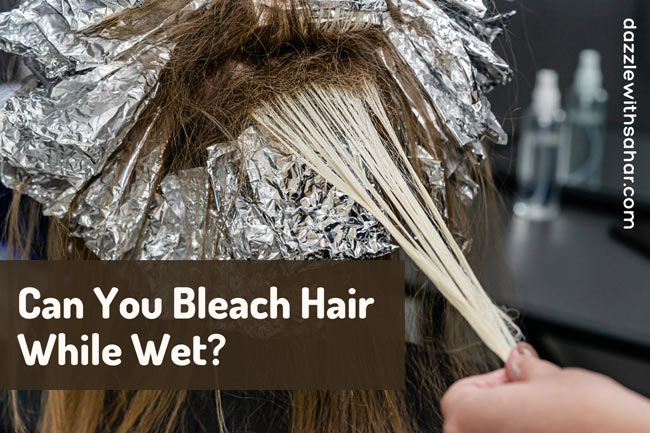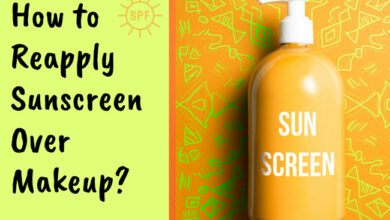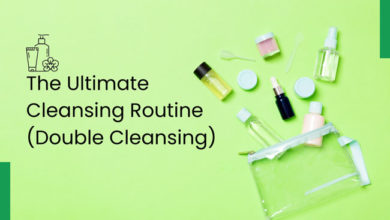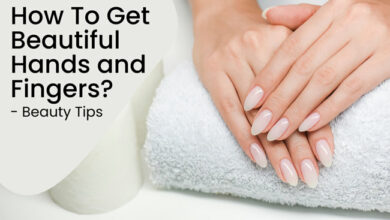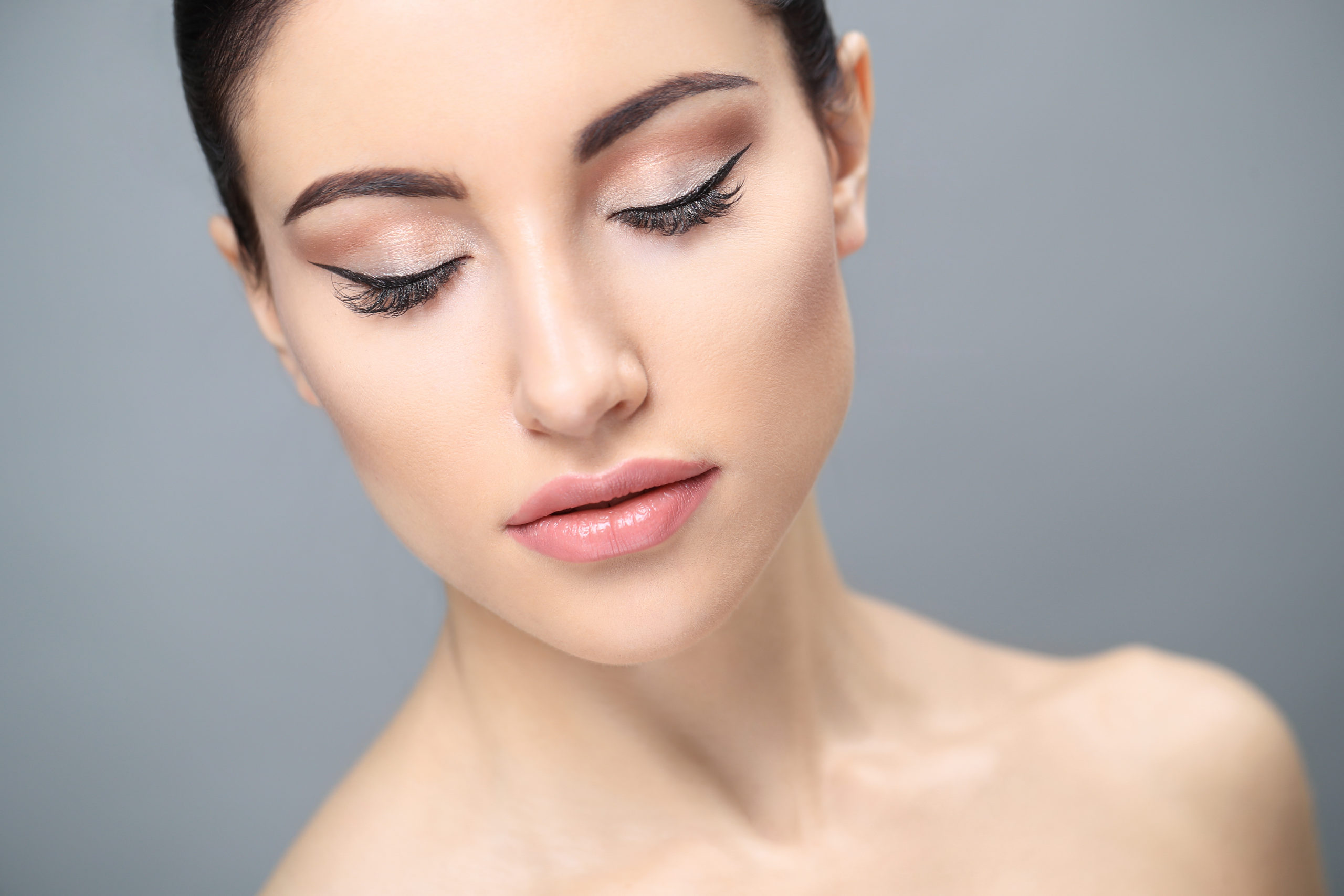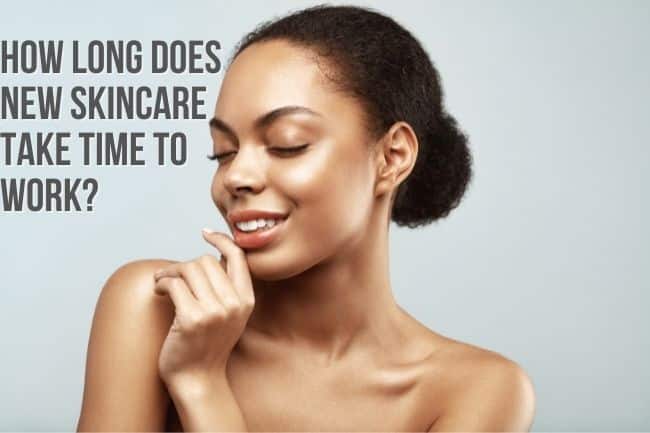Have you ever wondered if you can bleach your hair while it is still wet? Bleach your hair can create so many different problems and you will end up damaging your hair. Read on to find out everything you need to know about bleaching wet hair!
Contents
What is Bleach?
Bleaching is the process that strips the pigment from the hair, making it appear lighter. This is done using hydrogen peroxide.
Bleach is a chemical that is used to whiten or remove color from fabric, hair, and other materials. It is also used as a disinfectant.
Also Read: How Long Does Hair Have to Be to Wax?
How Does Bleach Work?
When you bleach your hair, the bleach works by lightening the natural pigments in your hair. This can be done either by bleaching all of your hair to achieve a lighter overall color, or by adding highlights or low lights to create a more natural-looking result.
The key to bleaching your hair is to make sure that the bleach is applied evenly and carefully so that all of the hair is lightened evenly.
You’ll also want to avoid over-bleaching your hair, which can damage it and cause it to become brittle. If you’re not sure how to bleach your hair, it’s best to consult with a professional stylist.
Also Read: The Simplest Way to Determine Your Skin Type
Can You Bleach Hair While Wet?
Yes, you can actually bleach your hair while it is wet. Many people think that bleaching their hair while it is dry will be less damaging, but this is not the case.
In fact, bleaching your hair while it is wet can actually help to minimize the damage that is done to your hair. When you bleach your hair while it is wet, the bleach will be able to penetrate the shaft of your hair more easily, resulting in less damage.
But, there are risks which you should know. We will be discussing it below.
Also Read: How to Do a Hot Oil Hair Treatment?
What Are the Risks of Bleaching Wet Hair?
There are a few risks associated with bleaching wet hair, namely, that the chemicals in the bleach may be more likely to cause irritation or burns if they come into contact with wet skin.
Hair will absorb water, whether it is wet or dry, and since the bleach is a chemical, it will react to the water in the hair and neutralize. That’s why when you get highlights and your hair ends up with weird colors, it’s because the bleach reacted when the hair was wet.
Additionally, wet hair is more vulnerable to damage from the bleaching process, so it is important to be extra careful when bleaching wet hair.
Also Read: 5 Practical Steps To Improve Your Skin.
How to Bleach Wet Hair Safely?
It is possible to bleach wet hair, but it is not recommended. Wet hair is more vulnerable to damage and the bleach may not evenly distribute through the hair.
If you choose to bleach wet hair, be sure to use a gentle bleach formula and follow the instructions carefully.
- Mix bleach with water according to the manufacturer’s instructions.
- Apply the bleach to the roots of your hair and leave it in for 30 minutes.
- Use a plastic shower cap to cover your hair.
- Wash your hair with shampoo and water.
Also, you should keep the bleach away from your scalp and eyebrows. Test a small section of hair first to make sure you are not allergic to the bleach. When bleaching wet hair, work in small sections and be sure to rinse the bleach out thoroughly. Condition your hair afterwards to help repair any damage.
Also Read: How long does new skincare take time to work?
Conclusion
While you can technically bleach wet hair, it’s not recommended. Bleaching your hair is a harsh chemical process, and adding water to the equation can make it even more damaging. If you absolutely must bleach your wet hair, be sure to use a gentle bleaching product and take extra care to protect your scalp and strands.
However, we don’t recommend you to do it yourself at home. This is because if you do it without proper training, then it will turn out to be a disaster. And at home, you can’t check how it is progressing, while at a salon they can do a patch test first. In case of your hair getting damaged, you should at least have a professional’s opinion.

